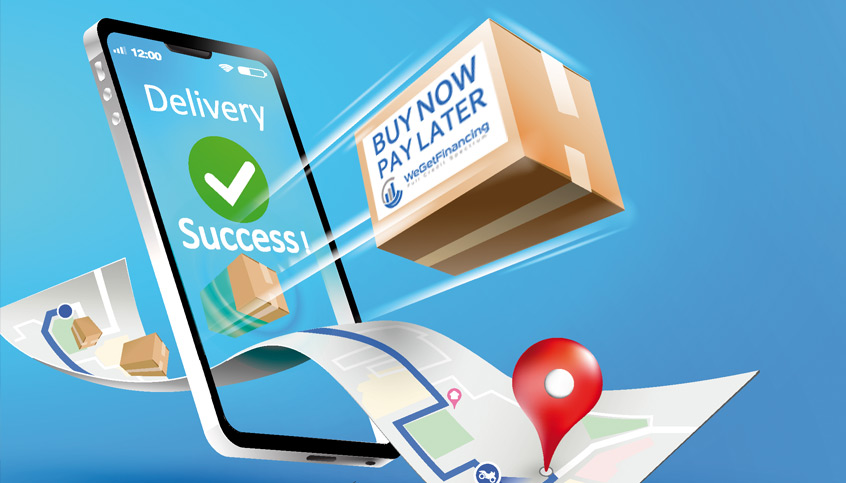BNPL — short for Buy Now Pay Later — refers to flexible financing options that let customers split payments into scheduled installments. These plans can be interest-free or include a fixed APR. Initially seen as an alternative to credit cards, BNPL exploded in the U.S. market after 2015. Companies like Affirm, Klarna, and PayPal led this first wave. By 2024, more than 50% of U.S. online shoppers had used Buy Now Pay Later services. Total volume is projected to exceed $150 billion in 2025.
BNPL Companies & Solutions in 2025
Not all Buy Now Pay Later models work the same way. Some rely on a single lender. Others follow a waterfall lending method. Newer technologies use gateways to match users to the best available lender. Each structure serves different business needs. But most trends point toward multi-lender solutions. For merchants, key goals include better approval rates, smoother user experience, and access to subprime consumers. More broadly, consumer financing is evolving fast and now serves as a powerful business lever for both e-commerce and service providers.
This section explores the BNPL ecosystem from every angle: key definitions, business models, technologies, regulation, and buyer behavior. Whether you’re comparing providers or checking integration options, these articles help you decide if Buy Now Pay Later services fit your business. Looking for specific providers? Visit our BNPL Solutions and BNPL Gateway sections.
In recent years, the shift towards a healthier lifestyle has significantly accelerated, with more individuals seeking ways to incorporate fitness/movement into their daily routines. This…
The digital marketplace has become a central hub of today's retail landscape, offering convenience and accessibility to consumers around the globe. However, as the volume…
E-commerce merchants lose 18-billion dollars’ worth of business to cart abandonment each year. Cart abandonment refers to an online shopper who did not move forward…
In the last three years, BNPL has become the term used to describe anything falling under the consumer financing umbrella. In the U.S. market, both…
With BNPL on the rise and credit scores falling from prime levels, merchants must weigh the pros and cons of single lender solutions verse multiple…





